- Home
- Quizzes
- My Quiz Activity
- Newsletters
- Sports Betting
- MY FAVORITES
- Add Sports/Teams
- SPORTS
-
NFL
- NFL Home
- Arizona Cardinals
- Atlanta Falcons
- Baltimore Ravens
- Buffalo Bills
- Carolina Panthers
- Chicago Bears
- Cincinnati Bengals
- Cleveland Browns
- Dallas Cowboys
- Denver Broncos
- Detroit Lions
- Green Bay Packers
- Houston Texans
- Indianapolis Colts
- Jacksonville Jaguars
- Kansas City Chiefs
- Las Vegas Raiders
- Los Angeles Chargers
- Los Angeles Rams
- Miami Dolphins
- Minnesota Vikings
- New England Patriots
- New Orleans Saints
- New York Jets
- New York Giants
- Philadelphia Eagles
- Pittsburgh Steelers
- San Francisco 49ers
- Seattle Seahawks
- Tampa Bay Buccaneers
- Tennessee Titans
- Washington Commanders
-
MLB
- MLB Home
- Arizona Diamondbacks
- Atlanta Braves
- Baltimore Orioles
- Boston Red Sox
- Chicago White Sox
- Chicago Cubs
- Cincinnati Reds
- Cleveland Guardians
- Colorado Rockies
- Detroit Tigers
- Houston Astros
- Kansas City Royals
- Los Angeles Angels
- Los Angeles Dodgers
- Miami Marlins
- Milwaukee Brewers
- Minnesota Twins
- New York Yankees
- New York Mets
- Oakland Athletics
- Philadelphia Phillies
- Pittsburgh Pirates
- San Diego Padres
- San Francisco Giants
- Seattle Mariners
- St. Louis Cardinals
- Tampa Bay Rays
- Texas Rangers
- Toronto Blue Jays
- Washington Nationals
-
NBA
- NBA Home
- Atlanta Hawks
- Boston Celtics
- Brooklyn Nets
- Charlotte Hornets
- Chicago Bulls
- Cleveland Cavaliers
- Dallas Mavericks
- Denver Nuggets
- Detroit Pistons
- Golden State Warriors
- Houston Rockets
- Indiana Pacers
- Los Angeles Clippers
- Los Angeles Lakers
- Memphis Grizzlies
- Miami Heat
- Milwaukee Bucks
- Minnesota Timberwolves
- New Orleans Pelicans
- New York Knicks
- Oklahoma City Thunder
- Orlando Magic
- Philadelphia 76ers
- Phoenix Suns
- Portland Trail Blazers
- Sacramento Kings
- San Antonio Spurs
- Toronto Raptors
- Utah Jazz
- Washington Wizards
-
NHL
- NHL Home
- Anaheim Ducks
- Arizona Coyotes
- Boston Bruins
- Buffalo Sabres
- Calgary Flames
- Carolina Hurricanes
- Chicago Blackhawks
- Colorado Avalanche
- Columbus Blue Jackets
- Dallas Stars
- Detroit Red Wings
- Edmonton Oilers
- Florida Panthers
- Los Angeles Kings
- Minnesota Wild
- Montreal Canadiens
- Nashville Predators
- New Jersey Devils
- New York Islanders
- New York Rangers
- Ottawa Senators
- Philadelphia Flyers
- Pittsburgh Penguins
- San Jose Sharks
- Seattle Kraken
- St. Louis Blues
- Tampa Bay Lightning
- Toronto Maple Leafs
- Vancouver Canucks
- Vegas Golden Knights
- Washington Capitals
- Winnipeg Jets
- NCAAF
- NCAAM
- Boxing
- Entertainment
- Lifestyle
- Golf
- MMA
- Soccer
- Tennis
- Wrestling
- More Sports
- RESOURCES
- My Account
- YB on Facebook
- YB on Twitter
- YB on Flipboard
- Contact Us
- Privacy Policy
- Terms of Service
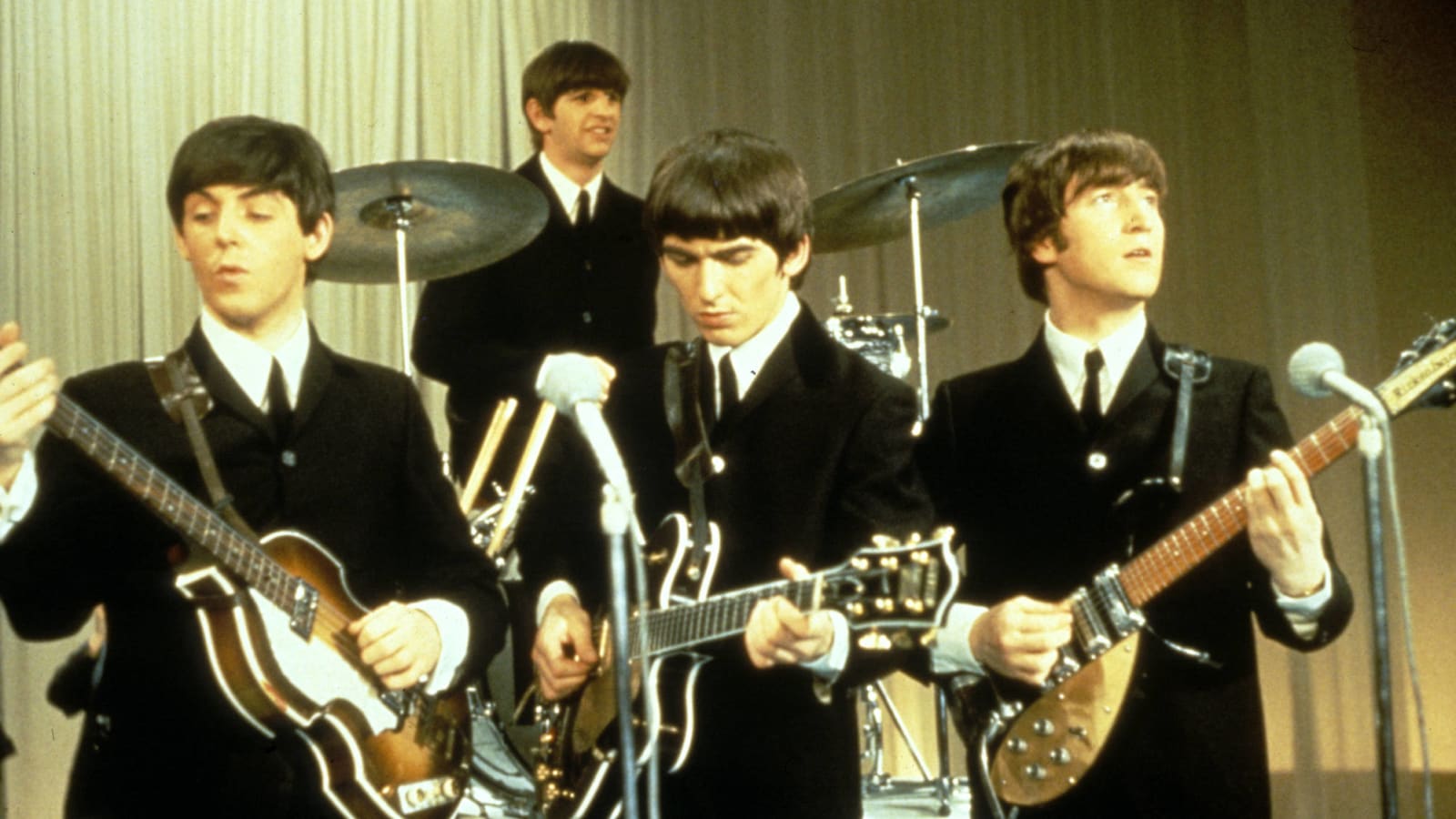
The 50 greatest Beatles songs
Though the band was only together for a little less than a decade, their catalog is arguably the most influential collection of popular music since the advent of rock 'n'roll. They took their cues from Chuck Berry, Fats Domino, Carl Perkins, Motown and, of course, Elvis Presley, and gifted us with some of the greatest songs ever recorded. With that in mind, let's riffle through The Beatles songbook and single out their best work.
"In My Life"
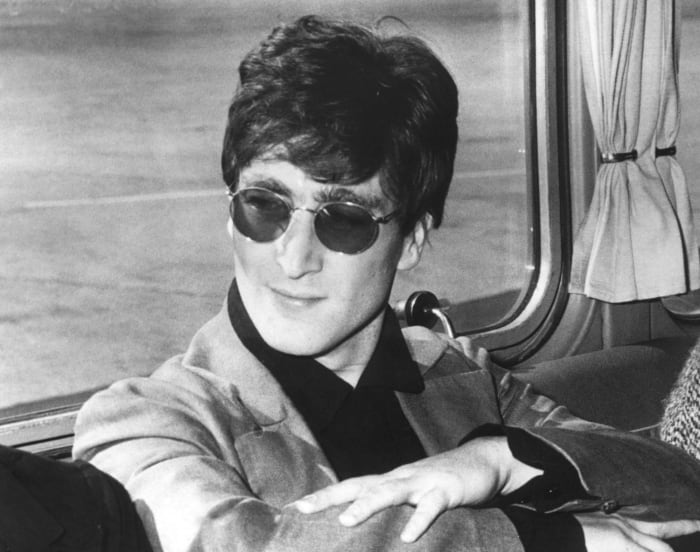
It's one of the band’s loveliest songs (heightened by a sped-up piano bridge that sounds like a harpsichord), and also one of the most disputed in terms of authorship. Lennon claims he wrote the melody, but McCartney recalls sitting down with his bandmate’s lyrics at a Mellotron and crafting the tune with inspiration from The Miracles. It certainly sounds more Lennon-ish (he sings it after all), but it has a sentimental quality that suggests there was at least some input from McCartney. That’s what makes it their best song. Regardless of who wrote the music, it sounds like a true, 50-50 collaboration. It’s Lennon-McCartney at the peak of their song craft.
"Yesterday"
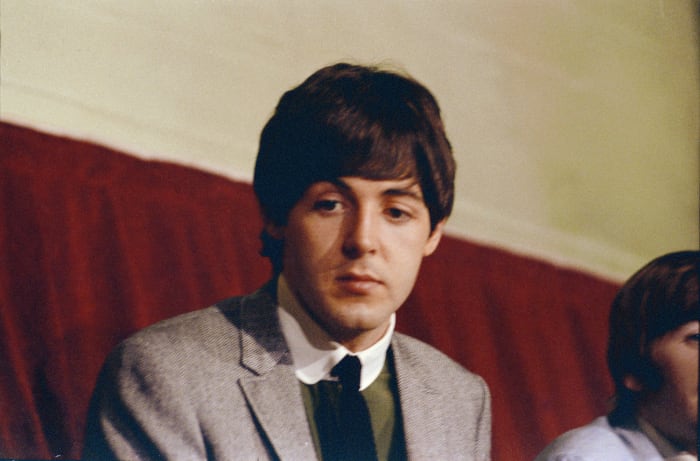
Paul McCartney claims he rolled out of bed, and the entire melody spilled out of his subconscious onto a piano. What he didn’t have initially were the lyrics (the working title was “Scrambled Eggs”), but once those got sorted out he came away with a song for the ages, one that expanded the Beatles audience to adult radio and, via George Martin, brought a symphonic quality to their music. It is the most important song in their catalog and close to their very best.
"Hey Jude"
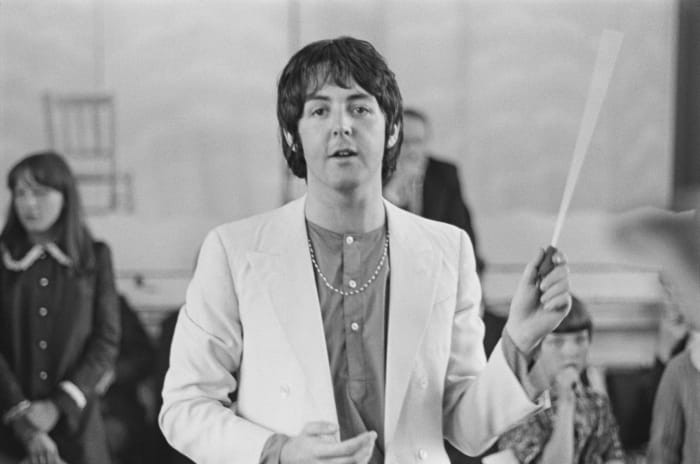
Opinions vary among Beatles fans, save for in regard to “Hey Jude." This is a top-five track from the Fab Four regardless of which era or style you prefer. The song began as a McCartney-penned salve for young Julian Lennon, who was dealing with his parents’ divorce in the late 1960s, but it was retitled simply because “Jude” sounded better than “Jules." It’s one of the most uplifting songs ever recorded, a reliable chin-up in the darkest of moments.
"Something"
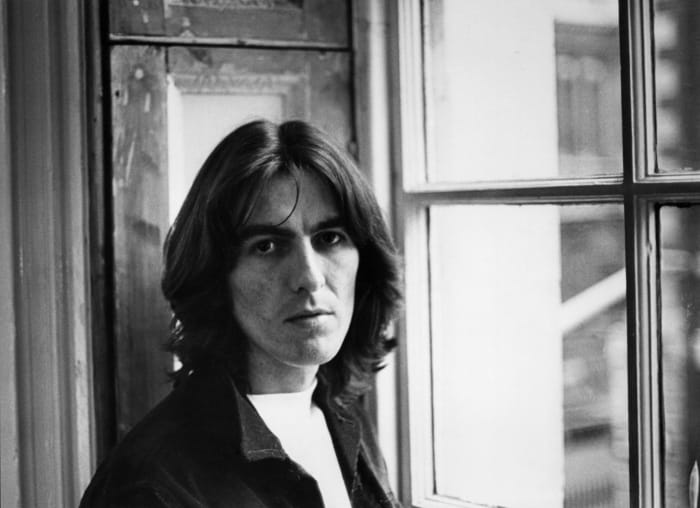
Frank Sinatra praised this beautiful George Harrison composition as “the greatest love song of the past 50 years." He performed the song in concert and even released his own version as a single, but there’s no topping The Beatles’ rendition on “Abbey Road” – which served as Harrison’s first A-side single with the band. George Martin’s production is lush without being obtrusive, and Harrison’s solo is as deeply felt as any piece of playing in his career.
"Let It Be"
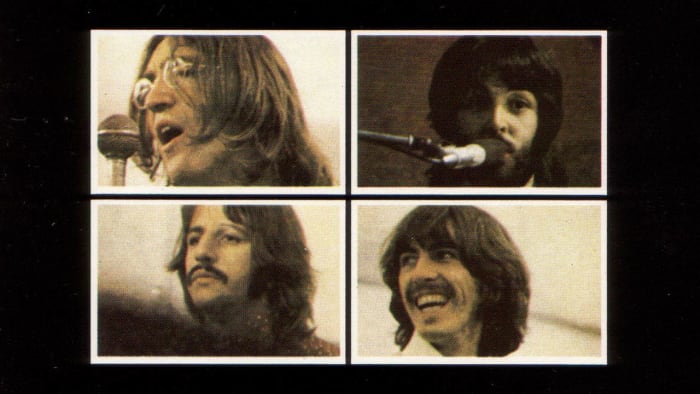
While Phil Spector did a good deal of harm to the LP “Let It Be," can we sheepishly admit that his version of the title track, with its blaring horns and extended outro, is the superior take? No? Fine. Regardless of which version you prefer, this is one of McCartney’s finest songs, a deeply emotional remembrance of his mother, Mary, who passed away when he was 14.
"I Am the Walrus"

Lennon apparently got the up-down notes that open the song from the sound of a wailing police siren in his neighborhood. It’s an ominous intro that bleeds into an eerie song featuring nonsensical lyrics based loosely on Lewis Carroll’s “Alice in Wonderland," a surreal string arrangement and dueling boys and girls choirs chanting, respectively, “Oompah, oompah, stick it up your jumper!” and “Everybody’s got one!” What does it all mean? Does it matter when the music is so brilliantly arranged and transporting?
"A Day in the Life"
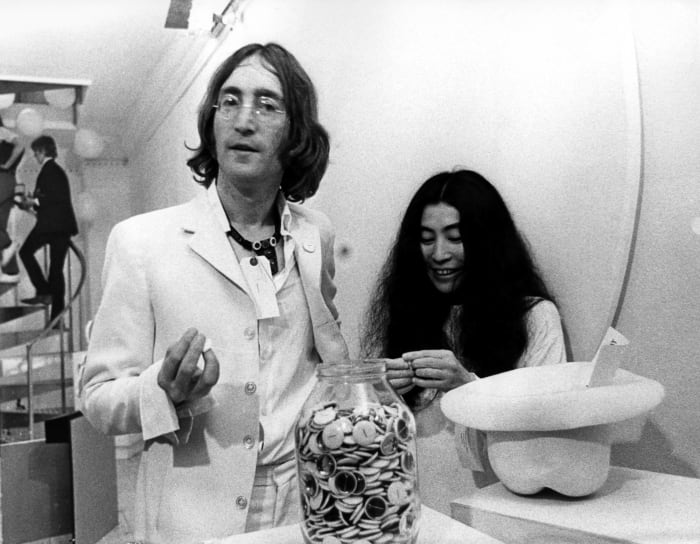
The final track on The Beatles’ game-changing masterpiece “Sgt. Pepper’s Lonely Hearts Club Band” features an explicit invitation to drop acid (“I’d love to turn you on”), two startlingly atonal orchestral crescendos and a general apocalyptic feel that seems provoked by the growing unrest in the world during the late 1960s. But for all of its portentousness, it does lighten up with a McCartney-penned middle passage and, most importantly, concludes with a crashing E major chord. The Beatles were out to provoke but not induce despair.
"Here, There and Everywhere"
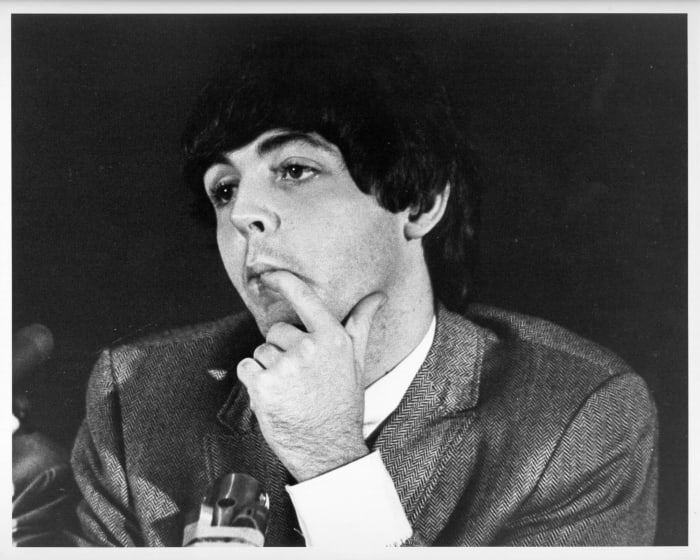
Inspired by The Beach Boys’ “God Only Knows," this simple McCartney ballad about appreciating the beauty of life boasts one of the most mystifying bridges in the band’s catalog. We go through a roller coaster of a chord progression before resolving to the song’s G major key, and it’s magic every time you listen to it. This was another soft-rock hit that earned The Beatles a degree of favor with the folks who’d disapproved of their raucous early work.
"Norwegian Wood (This Bird Has Flown")
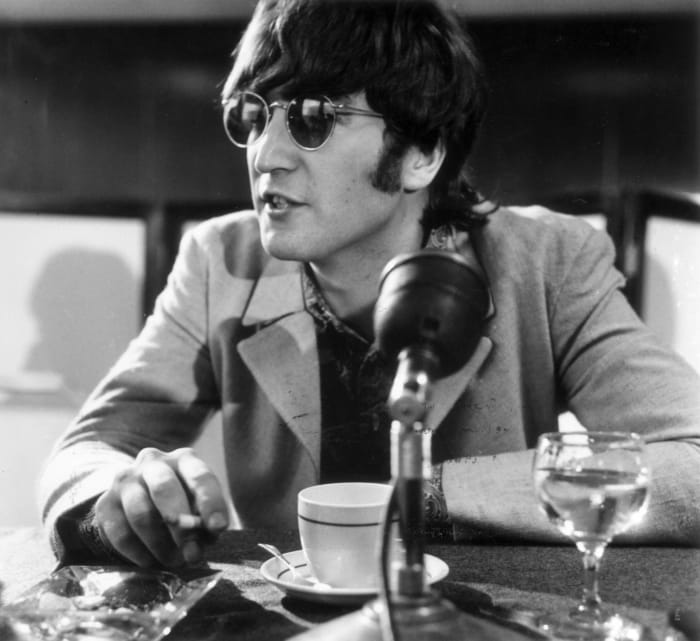
Another pivotal song for The Beatles, lyrically, it’s an introspective piece from Lennon about an extramarital affair that demonstrates a newfound maturity after several years of lightweight love songs. Musically, it features George Harrison making groundbreaking use of the sitar, which had never appeared on a Western rock 'n' roll song before. The boys were growing up and growing apart, but until their breakup in 1970, they were still open-minded enough to incorporate each other’s divergent interests in the name of making memorable music.
"I Saw Her Standing There"
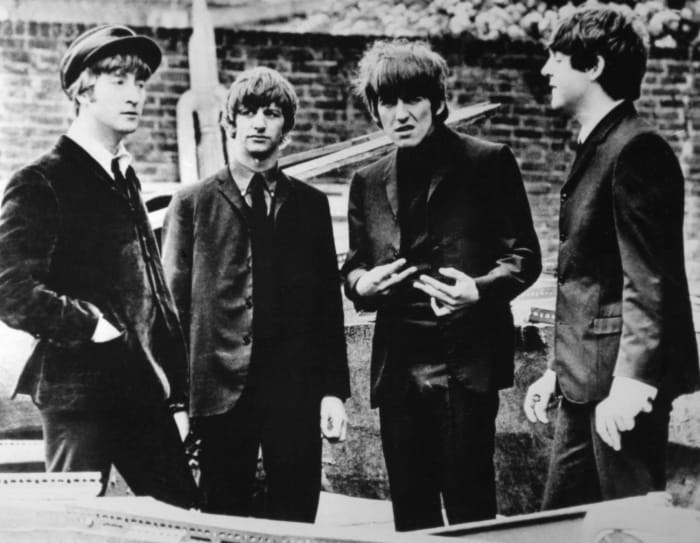
“One, two, three, four!” The first track on The Beatles’ first album starts with one of the most iconic count-offs in rock-and-roll history (which some have alleged concludes not with a “four" but a four-letter expletive) and bops its way through a reworking of a English folk song on the back of a bass riff lifted directly from Chuck Barry’s “Talkin’ About You." This enthusiastic practice of borrowing from a variety of cultures would provide The Beatles with their singular early sound.
"We Can Work It Out"
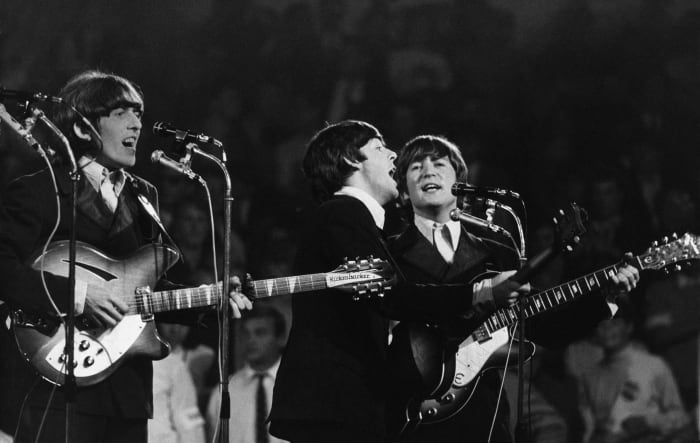
The contrasting Lennon-McCartney worldviews clash in one perfect two-minute-and-15-second song. As Lennon said in a 1980 Playboy interview, “Paul did the first half, I did the middle-eight. But you’ve got Paul writing … real optimistic, y’know, and me, impatient.” The minor key bridge that undercuts McCartney’s hope for reconciliation is one of the most striking tone changes in pop music history.
"I Want to Hold Your Hand"
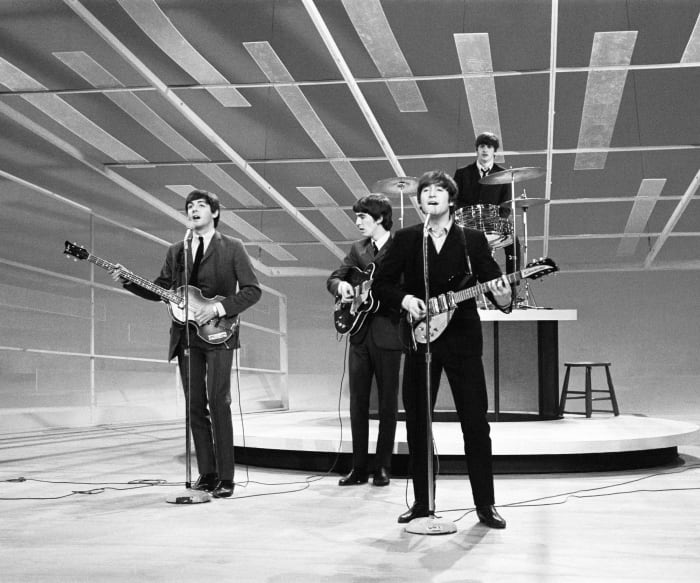
The Beatles’ first No. 1 hit in the U.S. kicked off the British Invasion and galvanized rock 'n' roll at a time when the rebellious art form had lost its edge. The Fab Four changed all that when they concluded their “Ed Sullivan Show” set with this raucous track that features Lennon and McCartney sharing the lead vocals. It remains The Beatles’ top-selling single and is likely the first song that comes to mind when you think of the band.
"While My Guitar Gently Weeps"
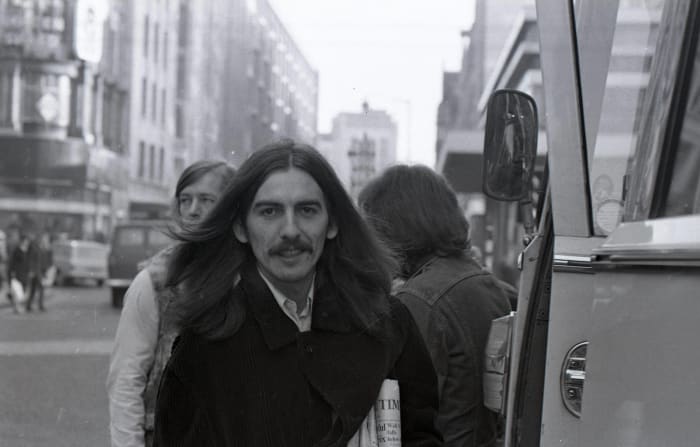
George Harrison finally realized his songwriting potential with this blisteringly emotional track on “The White Album," which features an extended guitar solo from Eric Clapton that ranks among the esteemed musician’s finest work. As The Beatles began to grow further apart, Harrison turned inward; while his band mates dabbled in Indian spiritualism, Harrison firmly embraced it and poured all of his hopes and frustrations into this song. It was a stirring preview of what he’d accomplish with “All Things Must Pass."
"A Hard Day's Night"
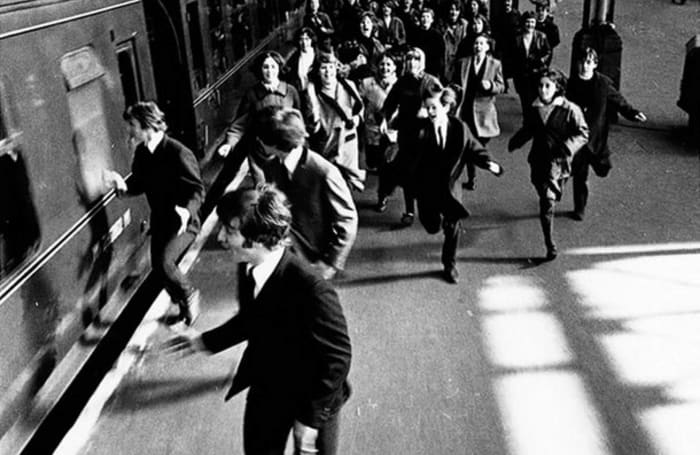
It kicks off with the most famous opening chord in pop music history (a story unto itself), and closes with Harrison playing an arpeggio on his 12-string guitar; in between, it’s a pretty straightforward Beatles tune with an earworm melody and a killer bridge. The coolest instrumentation on the song is the instrumental break where Harrison’s solo is doubled by George Martin on a piano recorded at half-speed than sped up to match the guitar, which gives it a harpsichord-ish sound.
"And Your Bird Can Sing"
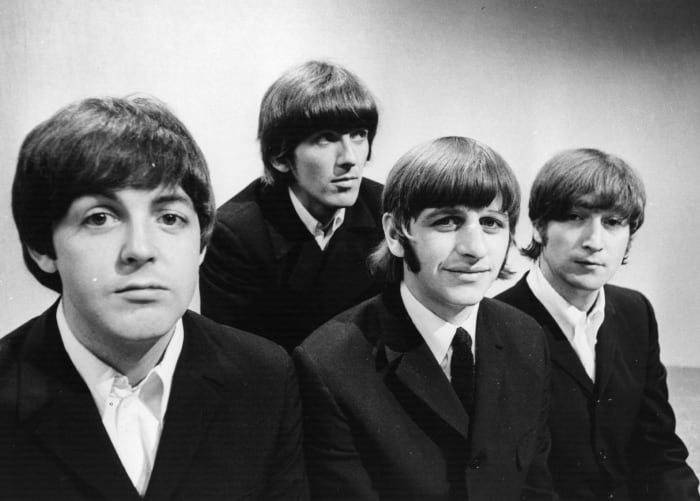
Lennon called this perfect little ditty a “horror” and a “throwaway," and while he’s right that the lyrics aren’t terribly substantial (“You say you’ve seen seven wonders/And your bird is green”), but that dual guitar line played by McCartney and Harrison that goes through the middle eight is remarkably inventive for a pop song of that vintage. Elvis Costello has held this up as one of his favorite Beatles songs, and we’re not in the business of disagreeing with Elvis Costello.
"Ticket to Ride"
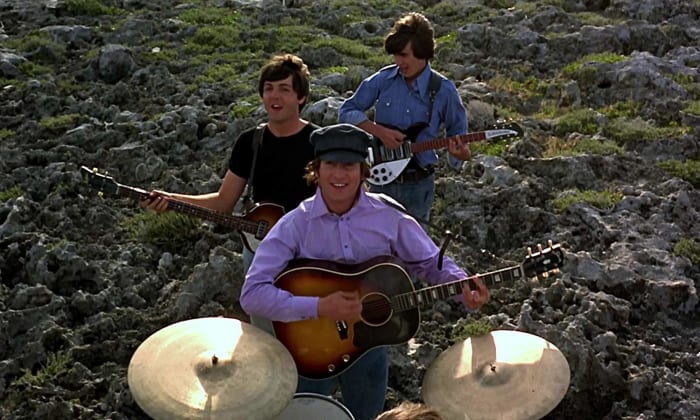
Though the instrumentation is basic guitars, drums and tambourine, there’s a subtle Indian influence to the structure of this Lennon-penned track with its repeated A chord that plays over the verses. The Beatles were playing with house money by this point in their still-young careers, but the heavy sound and syncopated beat of the song was pretty daring for the period. The lyrics are a little more opaque than the usual love-crazy business the lads dabbled in, but the overall tone, particularly the double-time outro, is relentlessly upbeat.
"All My Loving"

This is a classic “letter song” from McCartney that’s got an infectious girl-group energy, a country-and-western instrumental break and a third-verse harmony (showcasing Paul’s tenor range) that sends it into the stratosphere. All The Beatles’ musical influences are laid bare in this joyous, two-minute slice of heaven.
"She Loves You"
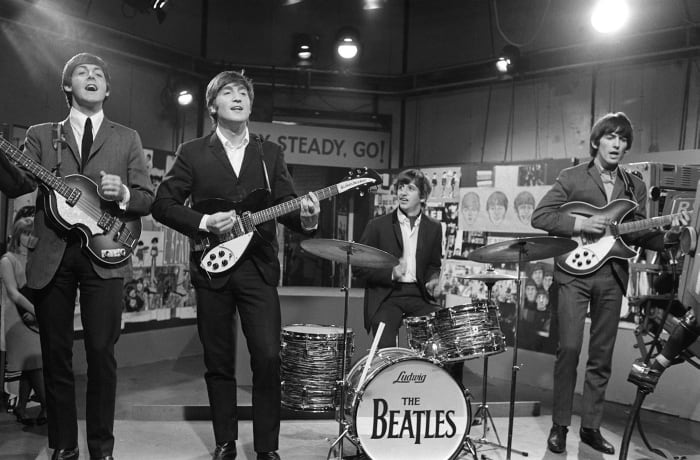
This single could’ve been The Beatles’ breakthrough hit, but its airing on Nov. 22, 1963 broadcast of the “CBS Morning News” — which was to be repeated that evening — was overshadowed by the assassination of President John F. Kennedy. The song became a hit following the band’s historic performance on “The Ed Sullivan Show" and is as synonymous with Beatlemania as “I Want to Hold Your Hand." In terms of authorship, it’s a 50-50 Lennon-McCartney joint, with the duo sharing lead singing duties.
"Strawberry Fields Forever"
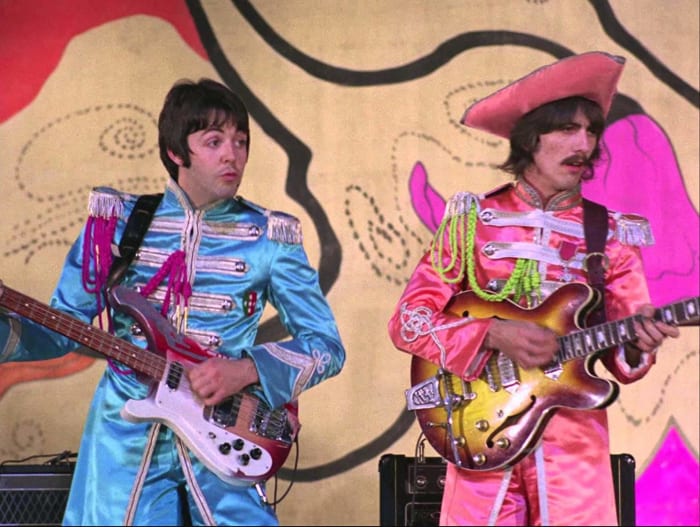
Released as a single and eventually included on the “Magical Mystery Tour” LP, this foray into psychedelia probably served as most mainstream listeners’ introduction to the drug-tinged movement. It was the quartet’s first recording session after a brief, post-“Revolver” layoff and marks the beginning of their conceptual period. Though the song itself is grounded in childhood nostalgia, the trippy production and atypical instrumentation for a pop song (Harrison pulls out a swarmandal!) was unlike anything on the radio at the time.
"And I Love Her"

A terrific, early McCartney ballad with a bridge that was apparently of Lennon’s design (although McCartney disputes this), “And I Love Her” skips between E major and C# minor before resolving in D major, which, like so many Beatles tracks, was a kind of compositional sophistication that was largely absent in pop songwriting of that era. This type of balladry has been in McCartney’s wheelhouse throughout his career.
"Can't Buy Me Love"

The exuberant standout track from “A Hard Day’s Night” is all McCartney, though the most crucial decision in the songwriting — kicking off with the chorus — was George Martin’s idea. Director Richard Lester designed the film’s centerpiece around the single, which many consider a hugely influential piece of music video filmmaking. The jazzy energy of the song also appealed to Ella Fitzgerald, who recorded a cover version in 1964.
"Lady Madonna"
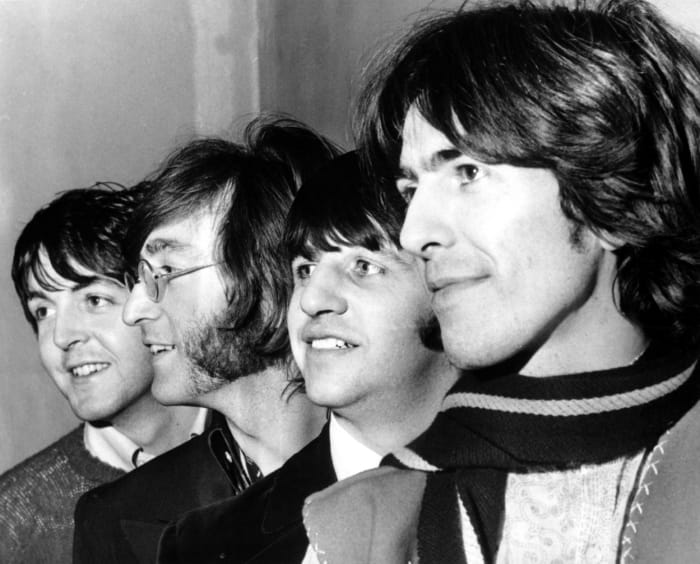
A welcome throwback to The Beatles’ R&B roots courtesy of Paul McCartney, “Lady Madonna” is a piano-driven riot recorded right before the band traveled to India to study Transcendental Meditation under the dubious tutelage of Maharishi Mahesh Yogi. It’s not quite a feminist song, but it does honor the struggle of single mothers in a somewhat enlightened fashion for the period. The backing horns give the track tremendous muscle.
"Blackbird"
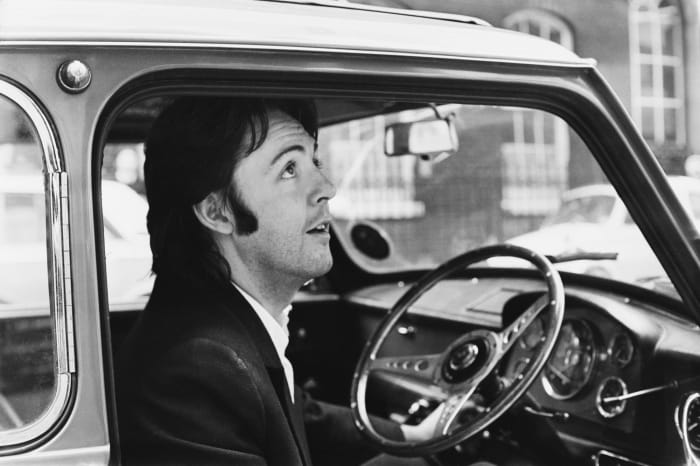
There’s nothing more than McCartney, a Martin acoustic guitar and the musician’s tapping foot, and that’s enough to create something utterly magical. McCartney has said that the song is a metaphor for black people fighting for civil rights in the American South, which gives it an added poignancy, but it’s just a gorgeous composition regardless.
"Help!"

Lennon originally wanted this song to play at a slower tempo, given that the lyrics reflected his distress at being part of a runaway phenomenon over which he had zero control, but he was overruled by the rest of the band. He claims he was in his “fat Elvis” period when the film was shot, but his contributions to the album are superb, especially this literal cry for help.
"I've Just Seen a Face"
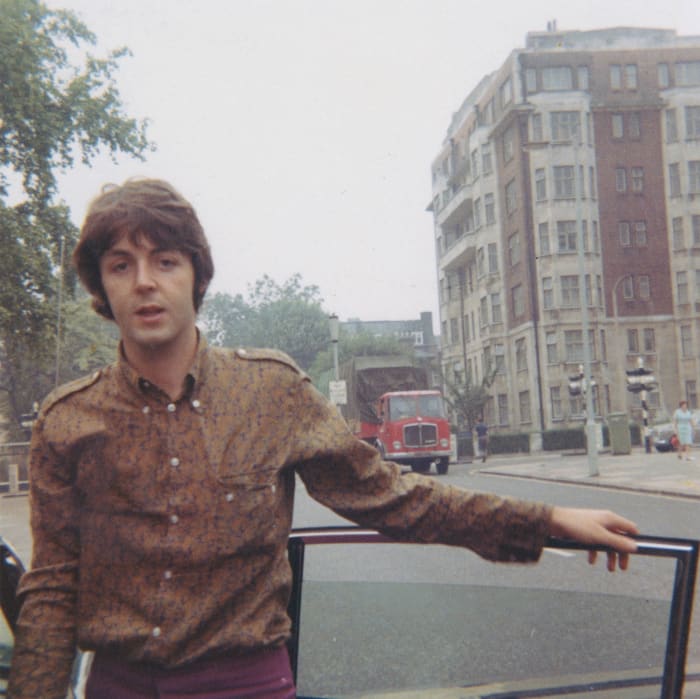
McCartney seemed to be channeling the mid-‘60s folk music craze with this acoustic track for “Help!," which opens with a beautiful piece of guitar picking before clicking into gear as more of a country-and-western ditty than something Peter, Paul and Mary would churn out. That’s the wonderful thing about The Beatles: Their influences were so varied that they could be several things at once. McCartney had great affection for the song, which led him to carry it over into his Wings concerts a decade later.
"Tomorrow Never Knows"

“Turn off your mind, relax and float downstream.” Lennon found the inspiration for this groundbreaking “Revolver” track from a read of “The Psychedelic Experience: A Manual Based on the Tibetan Book of the Dead”. The Indian influence is obvious (Harrison’s sitar is the key piece of instrumentation), and the reverse percussion is also striking. (Beck owes most of his career to this and “Taxman,") Was this cultural appropriation? Yes. Did it also open up millions of Americans and Brits to world music? Absolutely. The latter is far more important.
"Come Together"
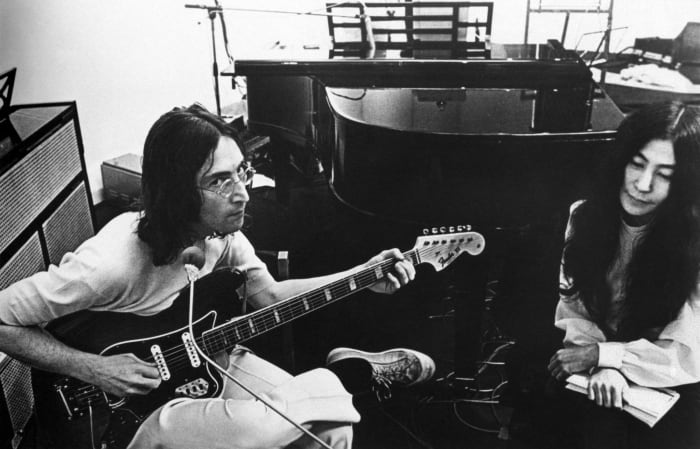
This Lennon track started as a song to support Timothy Leary’s ill-fated run for governor of California but grew into a parody of the hippie movement and, to some extent, Lennon himself. The rest of the band plays their assigned roles, but Lennon handles the lead and backing vocals, keys and assorted sound effects. As is true of most of the songs on “Abbey Road," Martin makes it sound like the band members are on the same page when they were rarely in the same studio together.
"I'm Looking Through You"
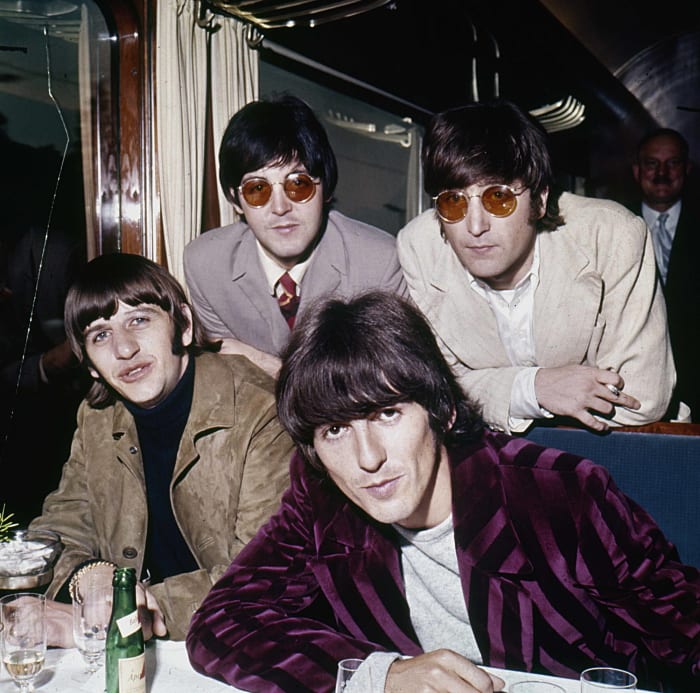
This is a nifty song. It kicks off with a false guitar intro (or two depending on which version you’re listening to), and then feints at being a folk rock number before introducing an electric guitar and Hammond organ (the latter played by Ringo). There’s nothing else in the Beatles’ library that sounds quite like it; it’s a rambunctious, slightly bitter (for Paul) song that livens up the mostly pensive “Rubber Soul."
"If I Fell"
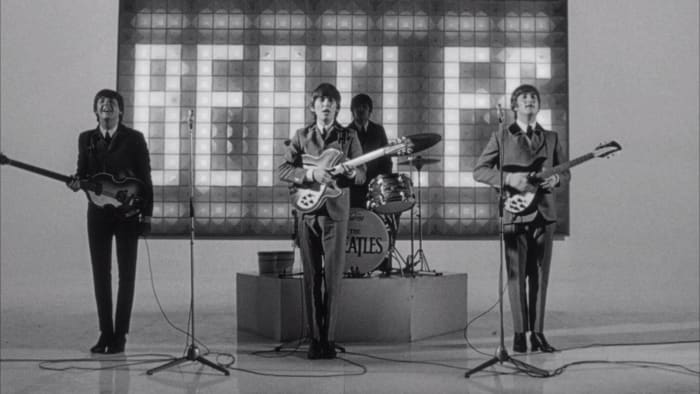
Lennon called this “A Hard Day’s Night” track his “first attempt at a ballad proper," and it’s a smashing initial go at the form. The structure isn’t terribly complicated, save for Lennon’s sung introduction, which gives the song a confessional feeling. Aside from “Things We Said Today," this track features some of Lennon and McCartney’s most achingly beautiful harmonies, particularly at the heaven-sent bridge.
"Eleanor Rigby"

This is generally considered a McCartney song, but Lennon held that he wrote most of the lyrics and also credits Harrison with the “ah, look at all the lonely people” refrain. In terms of performance, it’s definitely Paul’s song (John and George lend backing vocals, while Ringo sits it out entirely), with a major assist from George Martin’s string arrangement. The most interesting aspect of the song is its lack of antecedent; there wasn’t a pop or rock band working in this key in 1966.
"I Feel Fine"
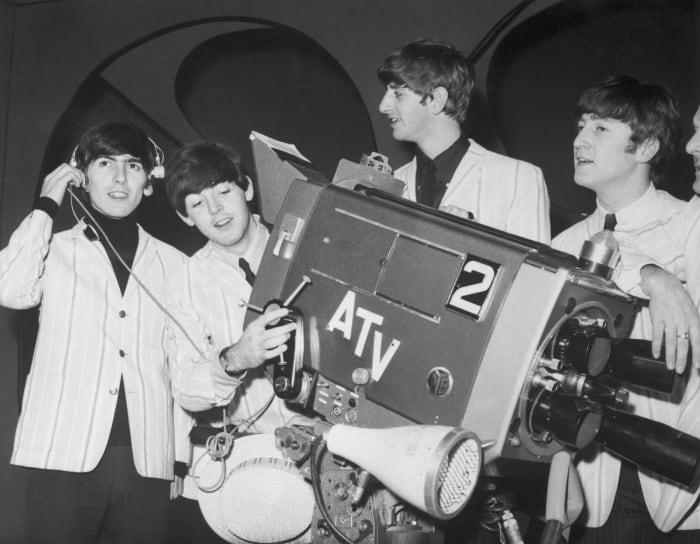
The accidental amplifier buzz that kicks off the song was, according to Lennon, the first time feedback had been included on a commercially released single. Though Harrison is credited as the lead guitarist on the track, it's Lennon’s rambling opening riff — on a semi-acoustic Gibson — that makes it.
"Got to Get You into My Life"
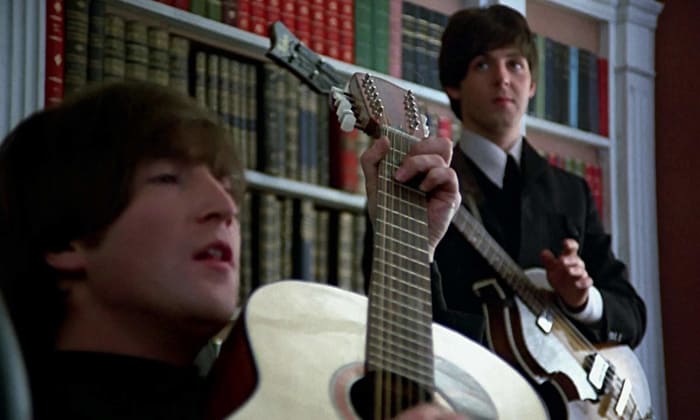
Master of shade, John Lennon, on McCartney’s “Got to Get You into My Life”: “I think that was one of his best songs, too, because the lyrics are good and I didn’t write them.” It’s a classic, upbeat McCartney number with a shot of brass adrenaline from George Martin. Some have read it as an expression of “constipated fury," but McCartney contends that it’s a love song to pot. This tracks.
"Penny Lane"
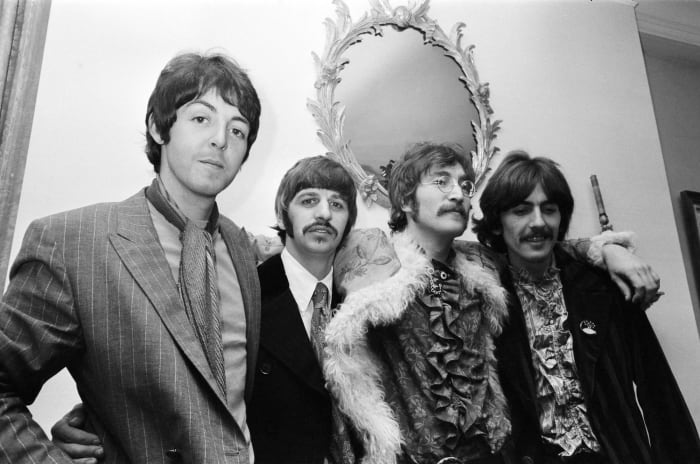
On the surface, this is a peppy bit of nostalgia from McCartney that recalls the sights and sounds of a street in his native Liverpool, but it’s also one of his cleverer compositions. Musically, he transitions from the B major verses to the chorus with third and seventh notes, while lyrically he includes naughty references to a “clean” fire engine and “finger pie," both of which would’ve gotten the song banned from the U.S. airwaves if censors had any idea what they referred to. It’s a wonderfully cheeky song.
The "Abbey Road" Medley
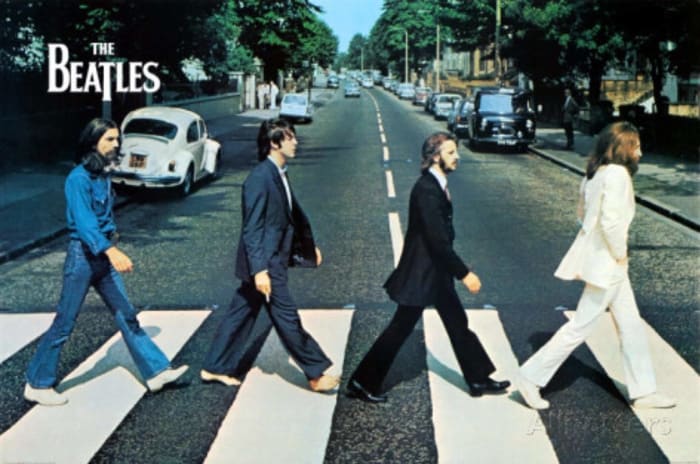
A grandiose, 16-minute collection of eight songs that builds to an electric exchange of guitar licks between Harrison and Lennon, McCartney’s contributions — “She Came in Through the Bathroom Window," “Golden Slumbers” and “Carry That Weight” — are the highlights. But the entire suite is a brilliantly produced showcase from George Martin, who probably cared more about ending this decade-long collaboration on a high note than any of the individual members of the band.
“Sgt. Pepper’s Lonely Hearts Club Band”/”With a Little Help from My Friends”
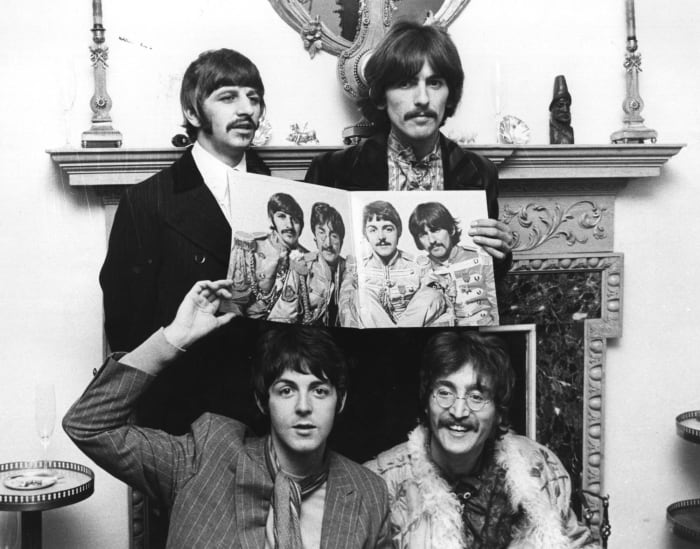
It feels wrong to separate these conjoined tracks, as the first serves as the lead in to the other, so let’s treat them as a musical whole. The title track of what many consider to be the greatest rock 'n' roll album of all time establishes The Beatles’ alter-egos before deftly segueing into “With a Little Help from My Friends” by Billy Shears aka Ringo. These two songs set the playful tone for the rest of the album, which is a more cohesive experiment than “The White Album” (though it lacks that LP's highs).
"Dear Prudence"

Lennon wrote this song in India while trying to coax Prudence Farrow (sister of Mia) out of her shell on the orders of Maharishi Mahesh Yogi. Divorced of its context, it’s a wonderfully encouraging song. “The sun is up, the sky is blue/It’s beautiful, and so are you.” Due to Ringo’s brief absence from the band, the percussion is mostly limited to tambourines and handclaps. (McCartney adds a drum fill at one point.) It’s a gentle, big-hearted track that brings the LP back to Earth after the silliness of “Back in the U.S.S.R.”
"Revolution"
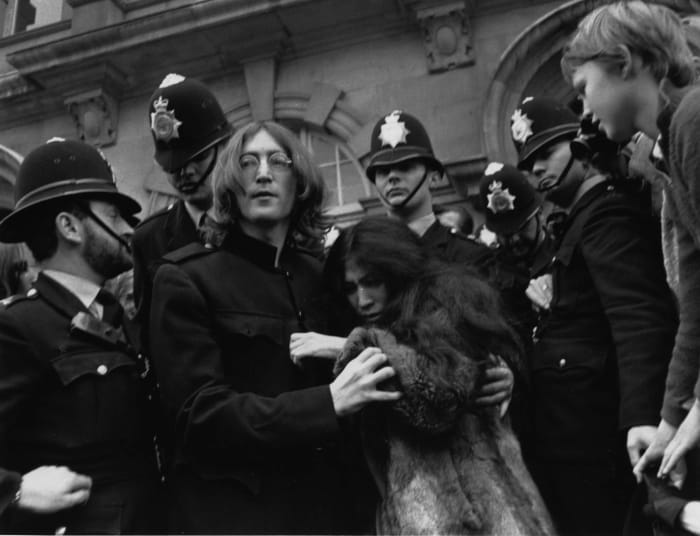
“But if you go carrying pictures of Chairman Mao/You ain’t gonna make it with anyone anyhow.” Lennon’s first major stab at politics met with a mixed reception from the young left, many of whom had grown up worshipping the singer. Was the song a sarcastic critique of the burgeoning upheaval or a cheeky expression of support? It was a bit of both. This was Lennon surveying the landscape and saying “I’m with you up to a point, but I need to see more organization.” That William F. Buckley approved of the song’s message gives you a sense of how wide open to interpretation the song was at the time.
"Lucy in the Sky with Diamonds"

The time signature shift from 3/4 to 4/4 was striking for a pop song of that era, but this Lennon-composed song was immediately notorious for its seemingly obvious reference to LSD. Lennon denied this up and down, claiming the inspiration came from a drawing by his son Julian, but McCartney later acknowledged that the track, like many other Beatles songs from the late ‘60s, was influenced to some degree by hallucinogens. It’s definitely an important song in terms of psychedelia and the band’s growth, but it’s not as vivid or tuneful as, say, “Strawberry Fields Forever."
"Back in the U.S.S.R."
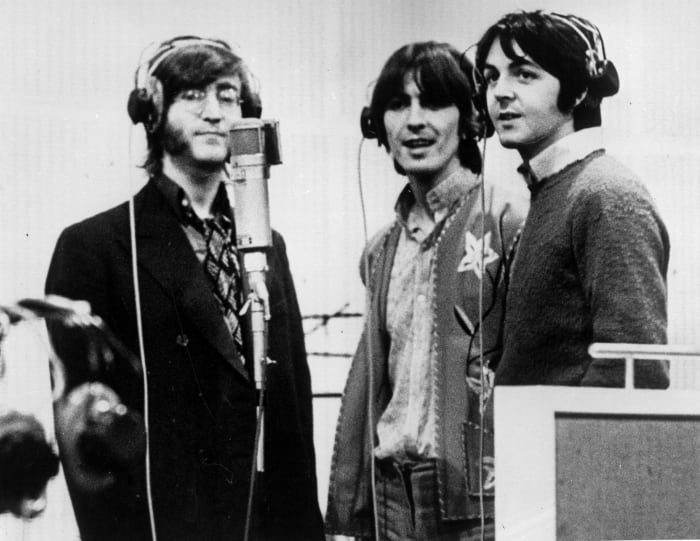
The opening track of The Beatles’ “White Album” is a McCartney-penned parody of Chuck Berry’s “Back in the U.S.A.” and, in its bridge, The Beach Boys’ “California Girls." Though written in the midst of the Cold War, the song is far from political and gets away with its groaner jokes because it flat out rocks. It’s one of the greatest novelty songs ever recorded.
"Eight Days a Week"
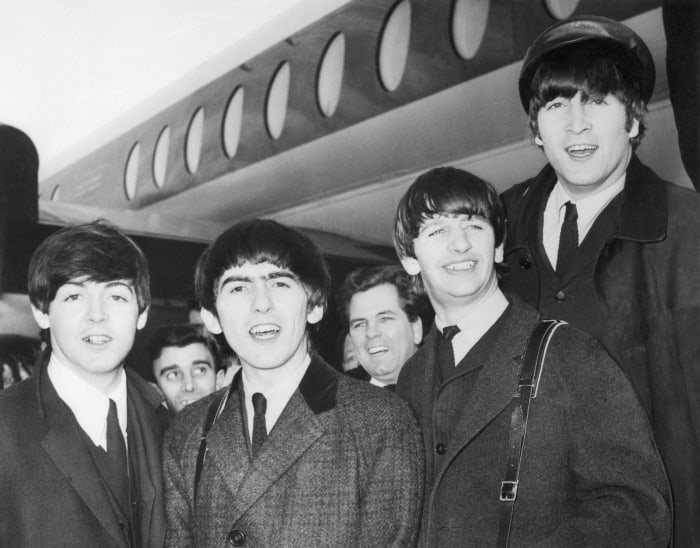
According to Lennon, this No. 1 hit came about while the band was scrambling to write a title song for its next movie (which would be “Help!”). It’s a pretty basic Beatles track, though the fade-in opening was a novel touch at the time (and risky given that radio deejays weren’t keen to play a track that faded in over a fade out).
"Rocky Raccoon"
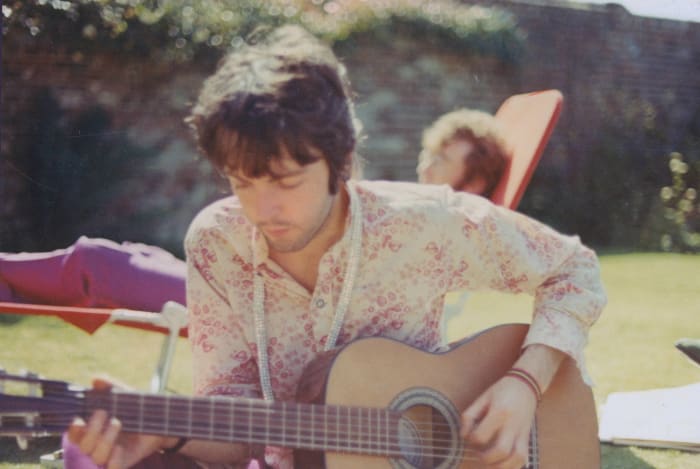
This McCartney ballad tells the tale of an inept, Old West gunfighter who attempts to gain satisfaction by ambushing the man who stole his girlfriend. It’s a total lark, but the melody is so catchy, and McCartney seems to be having such a grand time spinning the yarn that you’re sucked into the threadbare story. Lennon contributes the backing harmonica, while George Martin plays the piano, but this is basically a McCartney solo act.
"Day Tripper"
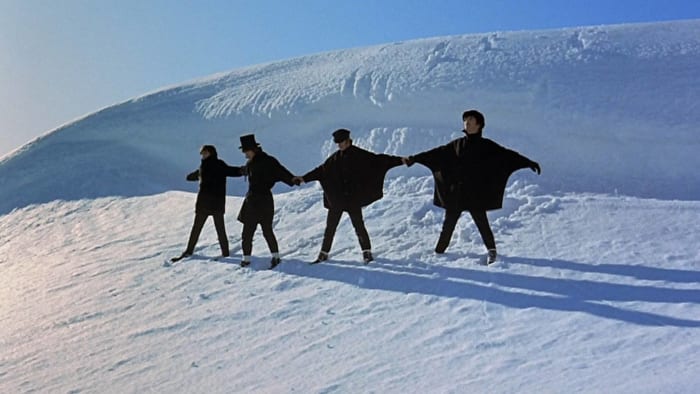
The Beatles were grinding in 1965 to feed the singles-driven marketplace, and Lennon delivered with this tuneful goof about LSD experimentation. The opening guitar riff is an irresistible hook, while the structure seems to be a compositional joke based around 12-bar blues. This could’ve been a throwaway, but The Beatles were absolutely cooking at this point in their careers.
"Here Comes the Sun"
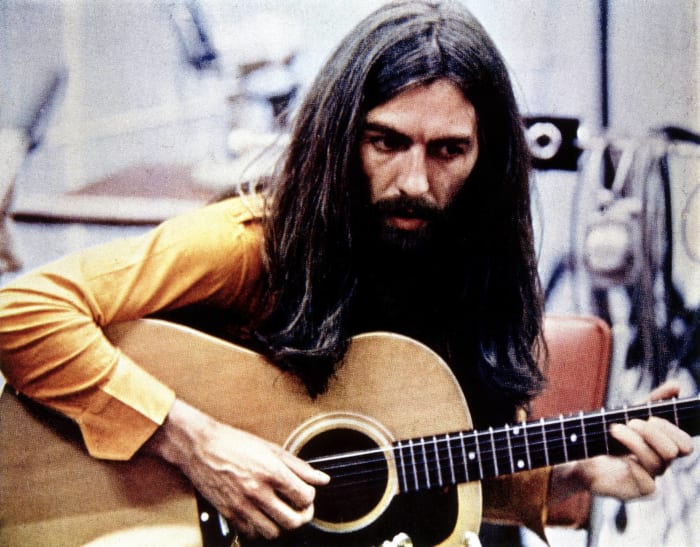
Harrison came through “a long, cold, lonely winter” with this gem about…well, the sun coming up. Harrison’s hopefulness and generosity of spirit set him apart from the bitter Lennon and the self-absorbed McCartney on “Abbey Road." He’d been through a rough patch, but his spirituality wouldn’t allow him to wallow in misery for too long. This song is a glorious reflection of that.
"Taxman"
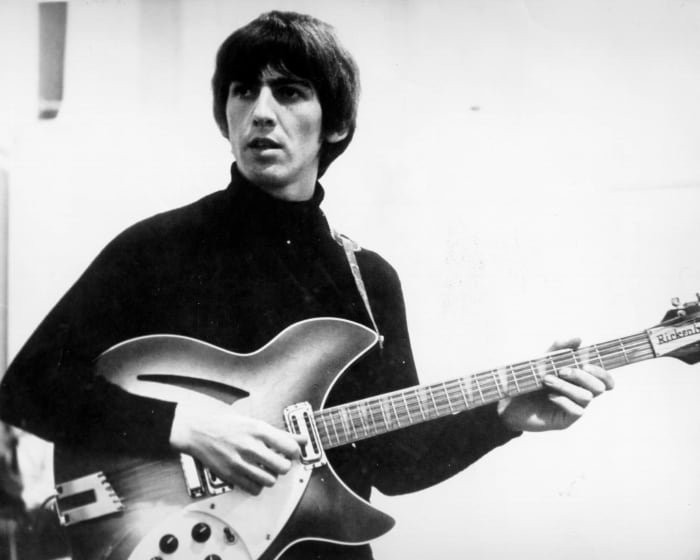
George Harrison was awfully cheesed about England’s progressive taxation, so he vented his frustrations on this musically complex track that features some of McCartney’s most creative bass work. As with many Beatles songs, it’s intriguing to wonder how listeners of the era reacted to the funky rhythm and agitated guitar solo that screeches jarringly through the middle of the track. The lyrics are still pretty funny, though rich guys complaining about taxes doesn’t play particularly well nowadays.
"Helter Skelter"
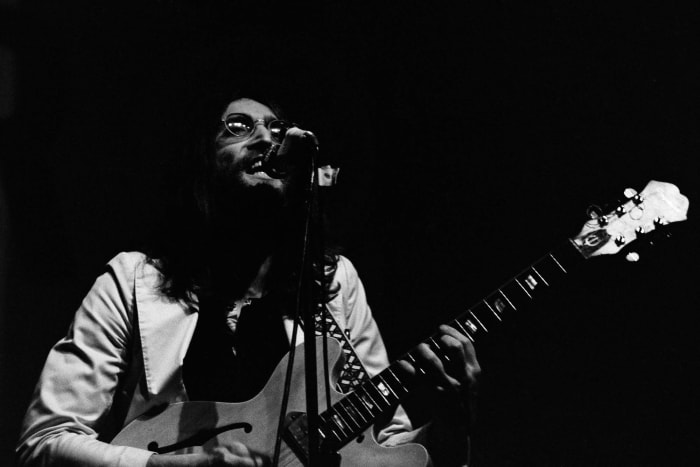
Now that U2 has stolen this song back from Charles Manson and returned it to its rightful owners, we can take “Helter Skelter” as the stylistic provocation it was meant to be. According to technical engineer Brian Gibson, the band was out to make the loudest, most chaotic song ever recorded, and the session (which stretched into the night) was absolute bedlam. “...they were really a law unto themselves in the studio,” he claimed. You can hear it, right down to Ringo’s closing exclamation, “I’ve got blisters on my fingers!”
"Across the Universe"
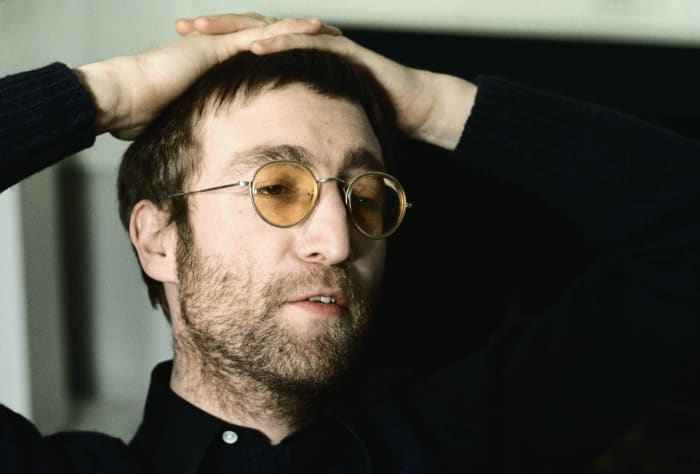
“Jai guru deva om.” Lennon could get awfully heavy with his lyrics, but he brought a soft touch to this track that celebrates the glory of the universe. Lennon could be brutal on his own work (and others’ as well), but he was proud of his songwriting on this tune and actually praised Phil Spector’s “Let It Be” version, which added orchestral trimmings to it. That was awfully nice of Lennon, but this is a song that works best when it’s stripped down.
"Get Back"

God bless Billy Preston. If you’ve seen Michael Lindsay-Hogg’s documentary “Let It Be," you know The Beatles were in full meltdown mode during the recording of this album. But the rooftop performance of this song is lightning-in-a-bottle magic; the band is in the pocket, and it’s hard to believe they could’ve pulled this performance off without Preston manning the keys. It was probably the last time the band connected musically, so this is something to be cherished.
"The Long and Winding Road"
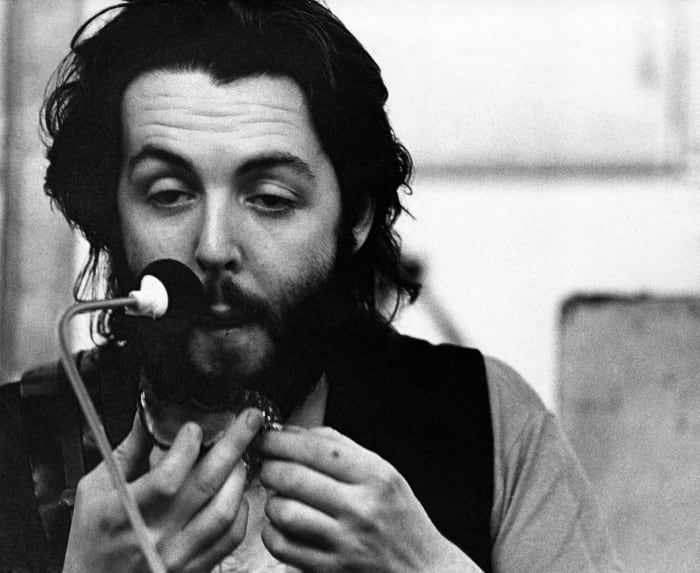
A great McCartney track and a fitting farewell from The Beatles (it was released a month after their breakup), the song was absolutely travestied by Phil Spector, who went way overboard with his orchestral rearrangement. The strings, choir and harp (!) were egregious additions to a track that simply needed to be cleaned up due to poor bass work from Lennon. McCartney has kept the song in his post-Beatles set list, as he should. The “Let It Be… Naked” version is the best existing variation out there.
"I Will"
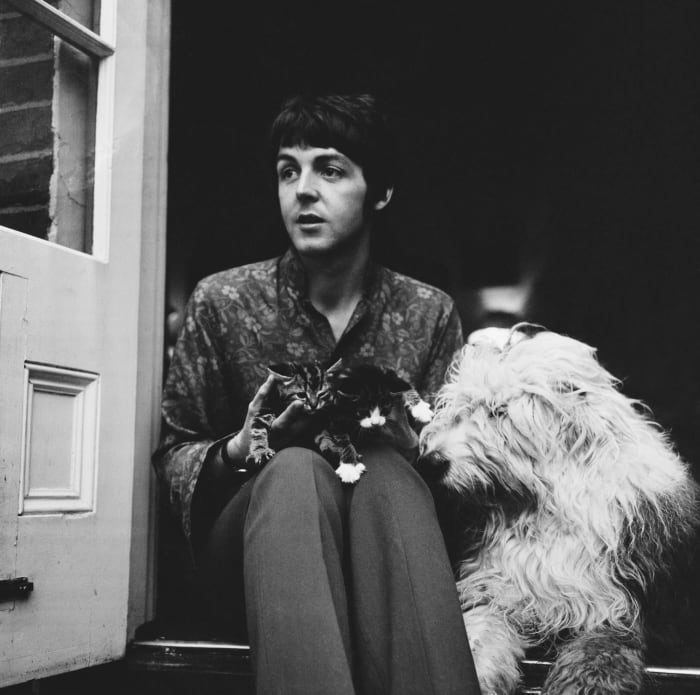
This is a tough one. On one hand, it’s as moving a melody as McCartney has ever written; he ranks it among the very best he’s ever composed, and when you hum it to yourself, it’s hard to disagree. But the arrangement is all wrong. Lennon and Starr provide percussion backing with bongos and maracas, but that’s not what this song requires. A George Martin string arrangement would’ve knocked this into the upper echelon of Beatles tracks. It’s a great song and a missed opportunity.
"Drive My Car"

McCartney had a tune, but he didn’t have much in the way of lyrics when he brought “Drive My Car” into the studio. He turned it into a funny little story of a sap who becomes a young, would-be starlet’s chauffeur. At the end of the song, we discover that the woman is not yet a star, but she’s on her way because she has her own driver. McCartney does some nice slide guitar work on this track, which gives “Rubber Soul” a spirited start.
Jeremy Smith is a freelance entertainment writer and the author of "George Clooney: Anatomy of an Actor". His second book, "When It Was Cool", is due out in 2021.
More must-reads:
Trending in Entertainment
Customize Your Newsletter
 +
+
Get the latest news and rumors, customized to your favorite sports and teams. Emailed daily. Always free!
Use of this website (including any and all parts and
components) constitutes your acceptance of these
Terms of Service and Privacy Policy.

